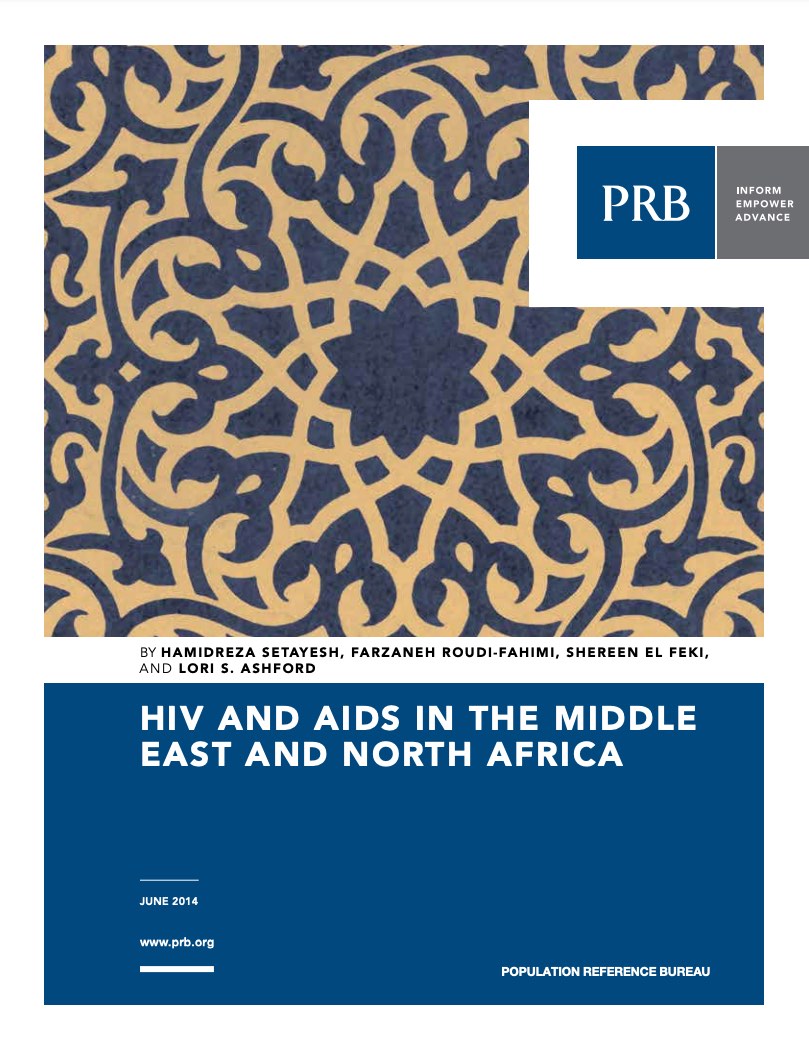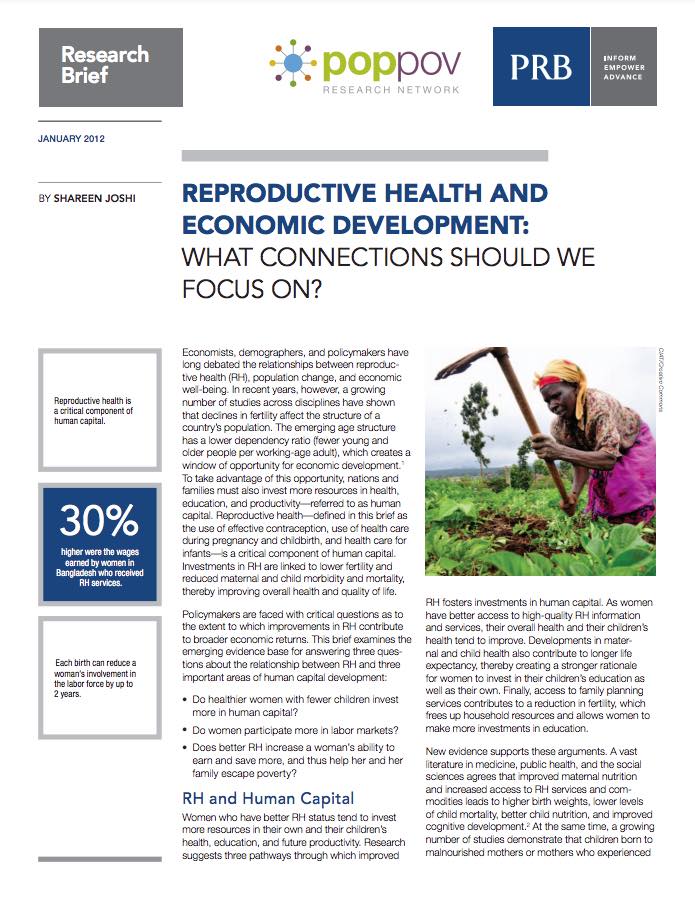607 Search Results Found For : "Дизайн Человека Виктория Джем Рейтинговый Эксперт Дизайн Человека Human Design metahd.ru"
U.S. Policy Communications Training
The U.S. Policy Communications Training Program builds on PRB’s 40-year legacy of training researchers to bridge the gap between research findings and the policy development process.
The Fred H. Bixby Forum:The World in 2050 (Day 2 Presentations)
(2009) "The World in 2050: A Scientific Investigation of the Impact of Global Population Changes on a Divided Planet" was held in Berkeley, Calif., on Jan. 23 and 24, 2009.
PRB Discuss Online: The Middle East Youth Bulge, Causes and Consequences
(2008) Recent demographic trends have created a youth bulge in the Middle East and North Africa, with nearly one in every five people age 15 to 24. Despite its oil wealth and improved health and education systems, the region's political, social, and economic systems still do not meet the needs of this rapidly growing young population.

HIV and AIDS in the Middle East and North Africa
(2014) Around 270,000 people were living with HIV in the Middle East and North Africa (MENA) as of the end of 2012, according to the Joint United Nations Programme on AIDS (UNAIDS).
PRB Discuss Online: The Fight to Stop Honor Killings
(2009) "Honor Killings" claim the lives of at least 5,000 women each year in traditional societies around the world; many more women live under the fear of these attacks.

Reproductive Health and Economic Development: What Connections Should We Focus On?
(2012) Reproductive health—defined in this PopPov Research Network brief as the use of effective contraception, use of health care during pregnancy and childbirth, and health care for infants—is a critical component of human capital.
Background to the HIV/AIDS Epidemic in Sub-Saharan Africa
(2002) The HIV/AIDS epidemic is a crisis of enormous proportions that is rapidly wiping out many of the gains sub-Saharan Africa has achieved since the countries attained independence.

